The Story of WWII Indomitable Female Pilot Who Decimated the Germans
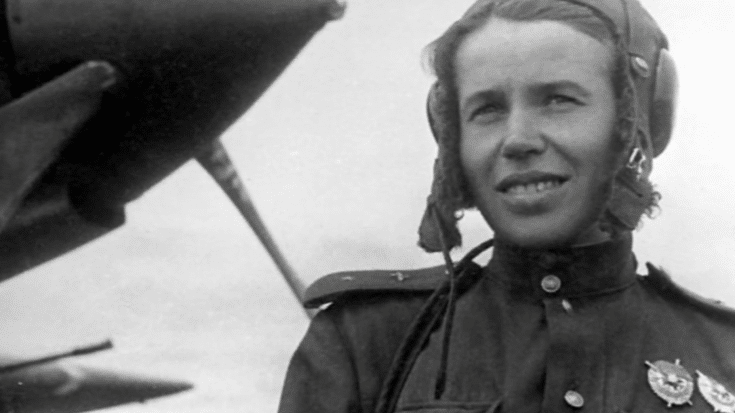
TailWinds / YouTube
Anna Alexandrova Yegorova was born on September 23, 1916, in the small village of Volovo, within Russia’s Tula District. Life in rural Russia was harsh, and her family struggled to survive. Out of fifteen children, only seven lived beyond infancy, a reflection of the difficult conditions of the time. Her father, Alexander Yegorov, had served in both World War I and the Russian Civil War. Though he returned home, the impact of the wars left him physically and emotionally strained. When Anna was just nine years old, she lost him, an event that left a lasting mark on her childhood.
Despite these hardships, Anna grew up with a determination that set her apart. She dreamed beyond the limitations of her circumstances. When she moved to Moscow as a young woman, she worked in construction, helping to build the city’s Metro system. But beyond her labor-intensive job, she was secretly pursuing something far more ambitious. After long hours of work, she attended an aviation club, learning to fly. Her passion for the skies was not just about the mechanics of flight but about pushing past the limits imposed on her as a woman from a poor background.
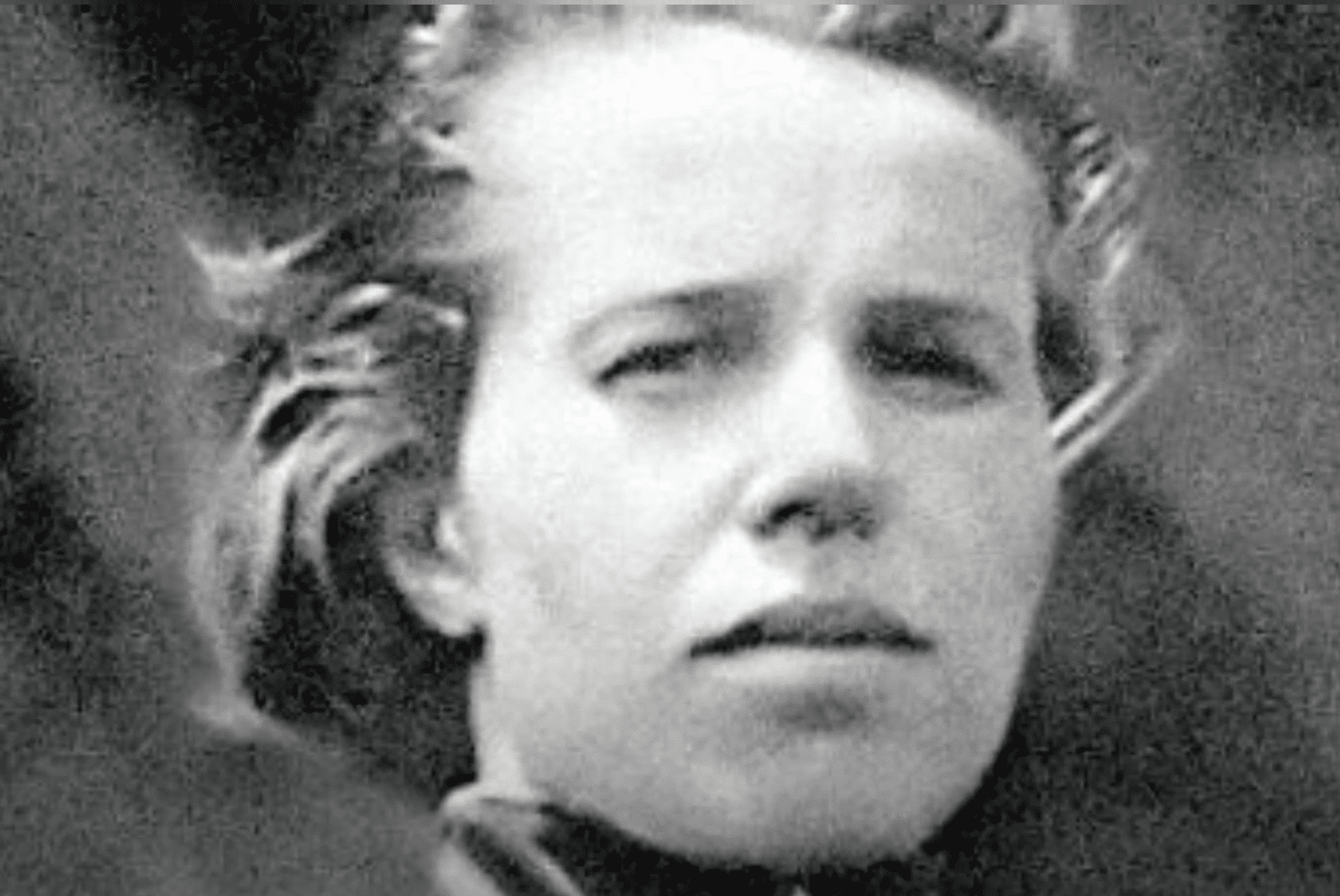
Training and Early Setbacks
By 1938, her skills had earned her a place at the prestigious Ulyanovsk Flight School, a critical step in becoming a military pilot. However, her life took an unexpected turn when her brother was arrested during Stalin’s purges. Labeled an enemy of the people, his punishment affected Anna’s future as well. She was expelled from flight school, her dreams seemingly crushed.
She returned to Smolensk, far from the ambitions she had once pursued. Unable to find work as a pilot, she took a job as a bookkeeper’s assistant at a textile factory. Though this might have been the end of her aviation career, she refused to give up. She became a tutor at the factory’s aviation club, training others in flying techniques. Her persistence paid off when she was recommended for admission to the Kirov Aviation School. Given her prior expulsion, it was a risky move, but her skill and determination outweighed political concerns. She graduated in 1939 and soon became a flight instructor, solidifying her expertise in aviation.
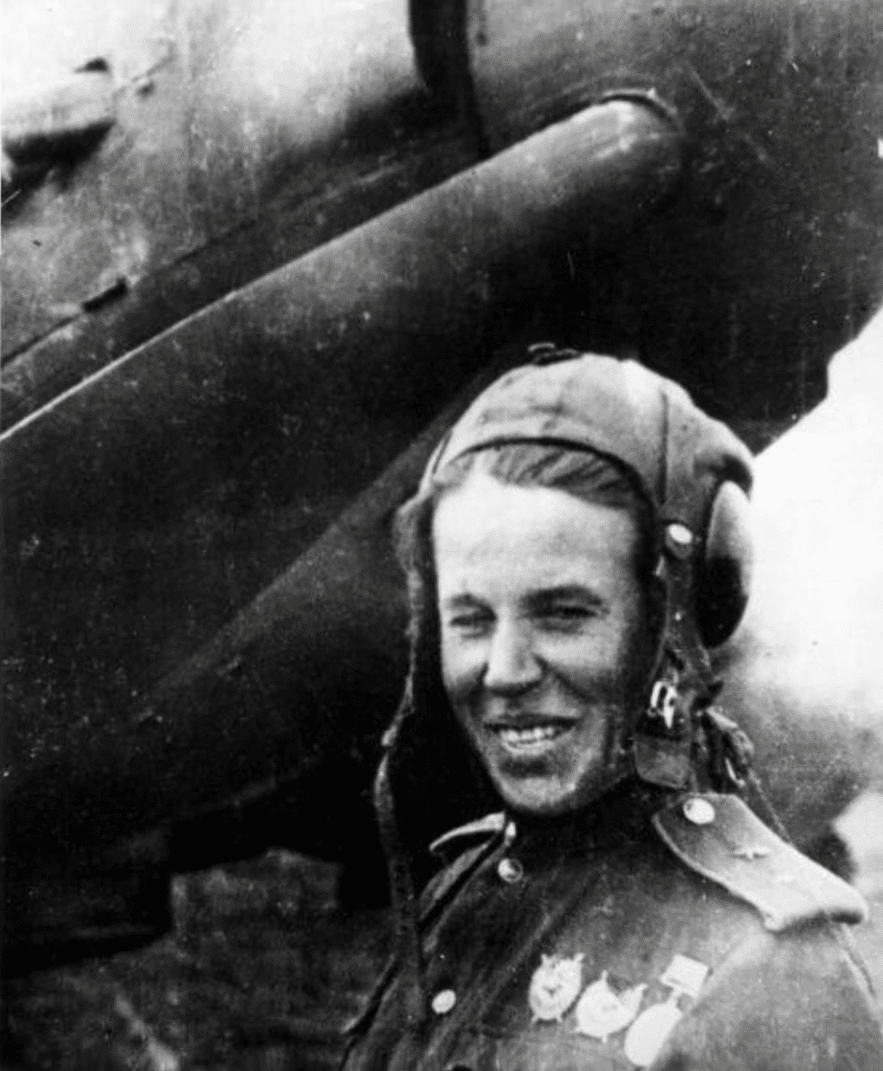
Flying in War
When Germany launched its invasion of the Soviet Union in 1941, civilian life was upended. Anna immediately volunteered for service in the Red Army Air Force. She was assigned to the 130th Air Liaison Squadron and flew the Polikarpov Po-2, a small biplane. The aircraft was slow, unarmored, and made of wood and canvas, yet it played a crucial role. Anna used it to transport supplies, deliver reconnaissance reports, and maintain communication between the front lines and Soviet command.
These missions were incredibly dangerous. She flew at low altitudes to avoid detection, navigating through skies filled with enemy fire. The Po-2 had no defensive capabilities, meaning every flight was a risk. Despite these dangers, Anna completed 236 combat missions by the end of 1942. Her bravery earned her the Order of the Red Banner, a prestigious military honor, but she wanted more. She was not content with merely supporting the front lines—she wanted to fight.
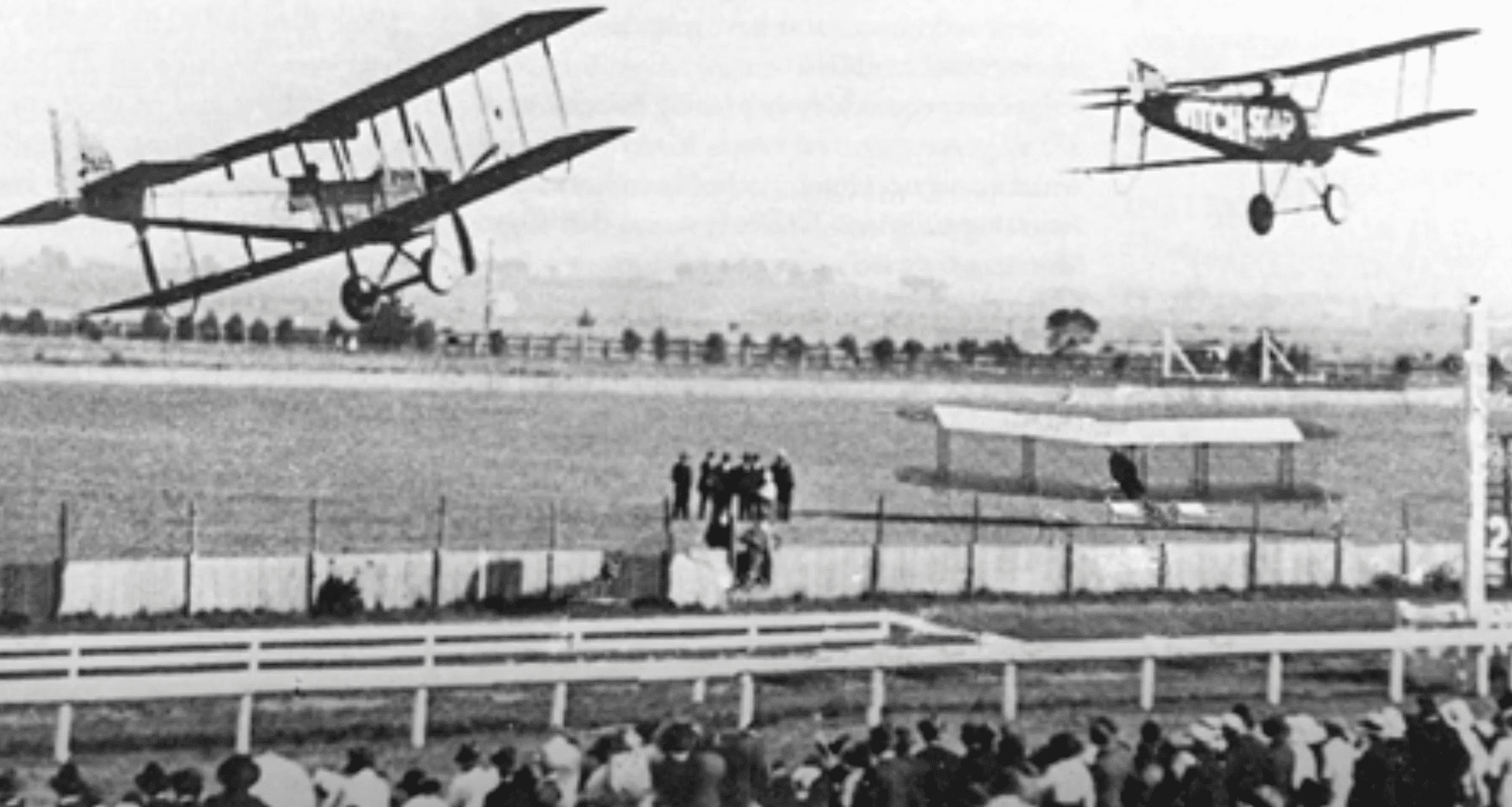
The IL-2 and Combat Missions
In 1943, Anna was reassigned to the 805th Attack Aviation Regiment, where she trained to fly the Ilyushin IL-2. Unlike the Po-2, the IL-2 was a heavily armed, armored attack aircraft built for ground assaults. Nicknamed “The Flying Tank,” it was one of the most formidable aircraft in the Soviet arsenal.
Anna flew dangerous combat missions in major battle zones, including the Taman Peninsula, Crimea, and Poland. The transition from flying a fragile biplane to piloting one of the most powerful attack aircraft of the war was no small feat. She became one of the few women in a male-dominated regiment, earning the respect of her comrades through skill and determination. Each mission was a test of endurance and precision, with enemy forces constantly targeting her plane.
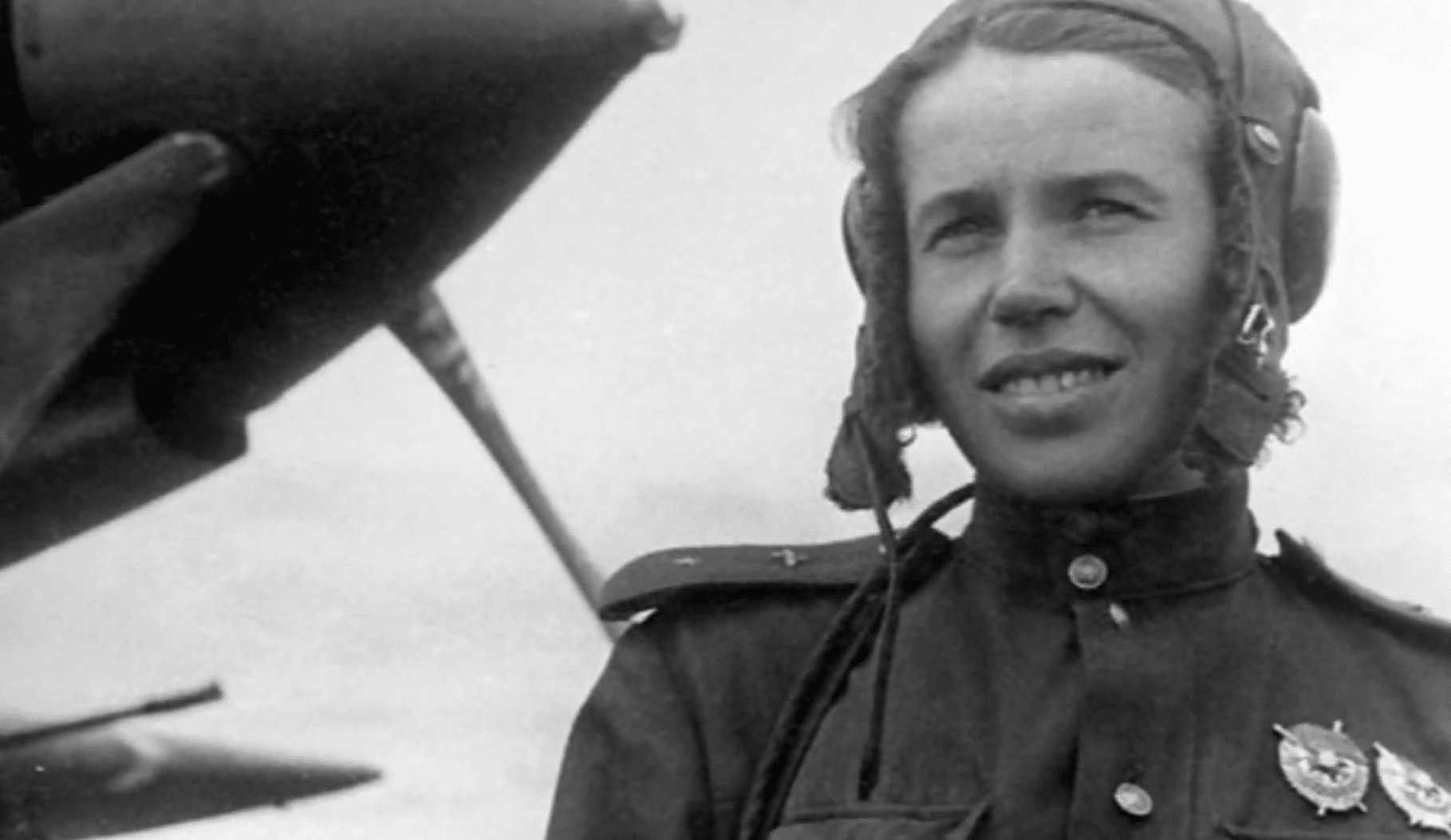
Shot Down and Survival
On August 22, 1944, while leading an attack near Warsaw, Anna’s IL-2 was struck by German anti-aircraft fire. With her aircraft severely damaged, she had no choice but to bail out. Captured by German troops, she was sent to a prisoner-of-war camp. Her time in captivity was brutal, as the Germans were known for their harsh treatment of Soviet prisoners.
Despite her dire situation, she survived months of captivity before being liberated by Soviet forces in 1945. Though weakened from her ordeal, she was recognized as a Hero of the Soviet Union for her contributions to the war effort. After the war, she continued her involvement in aviation and lived to tell her remarkable story.
Anna Alexandrova Yegorova’s legacy remains as one of the most determined and fearless pilots of World War II. Her courage in the skies and resilience in the face of adversity ensured her place in history as a true Soviet air force legend.




















